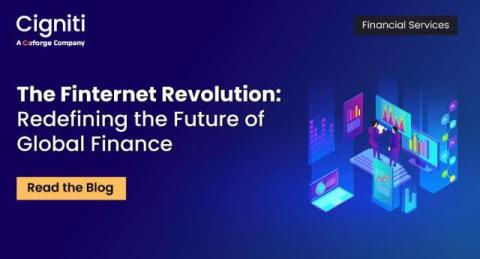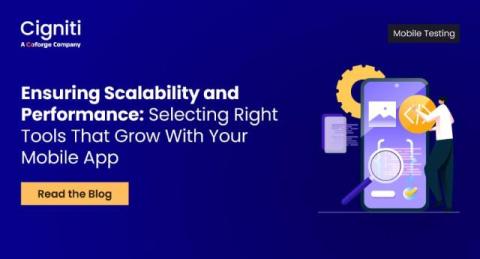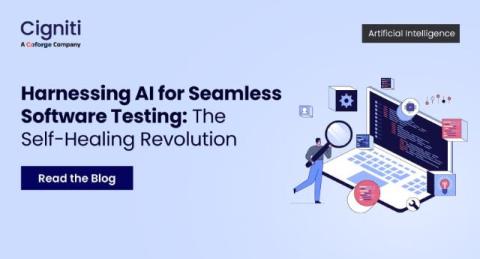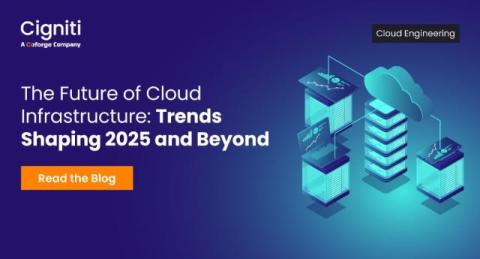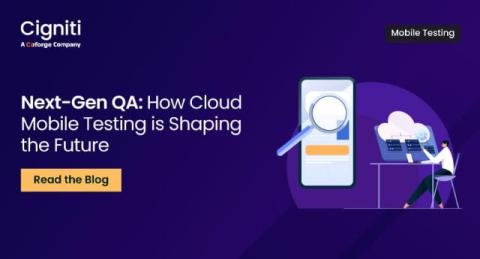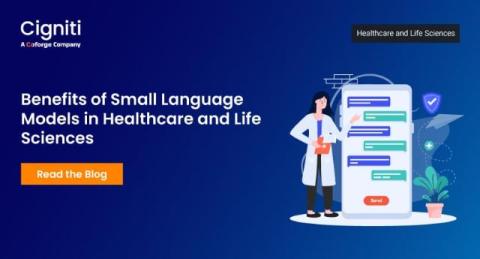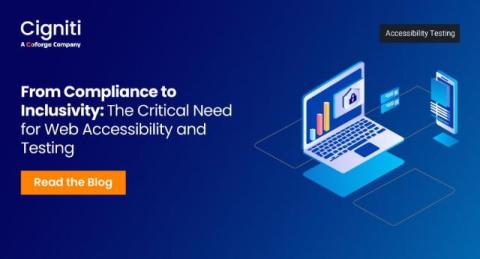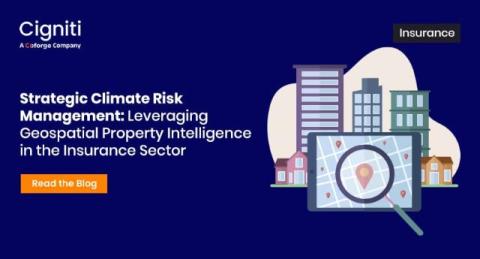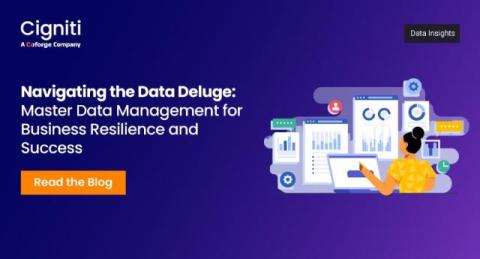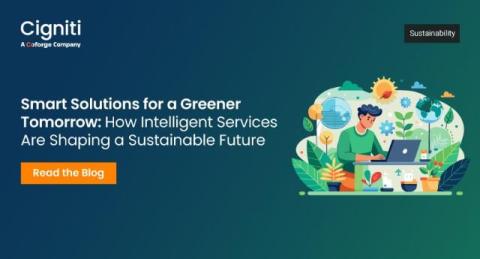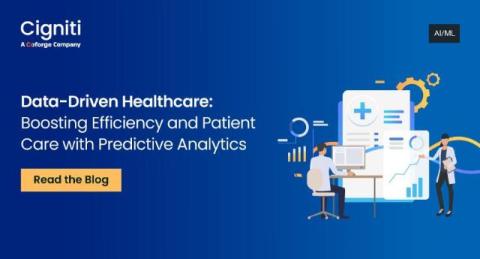The Finternet Revolution: Redefining the Future of Global Finance
The financial realm stands at the brink of a shift promising to alter how we handle money, carry out transactions, and oversee affairs. This transformation is encapsulated in the concept of “Finternet” – an innovative global financial ecosystem grounded in technologies like Blockchain, Decentralized Identity, and Smart Contracts. What exactly is the finternet, and why does it have the potential to revolutionize today’s financial landscape?


